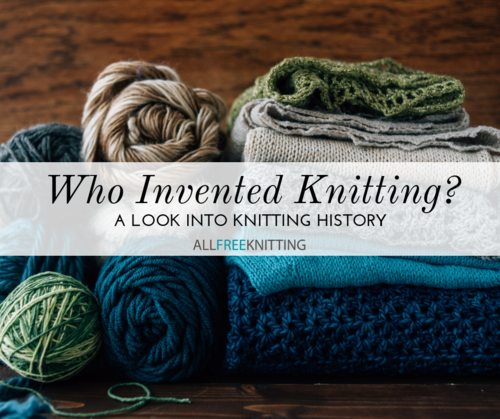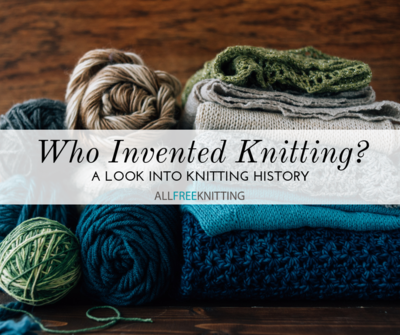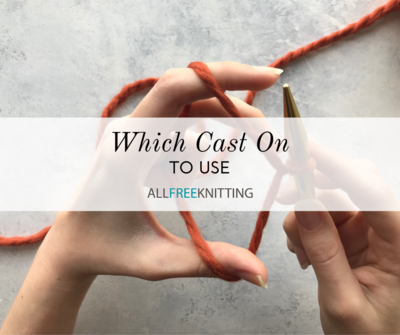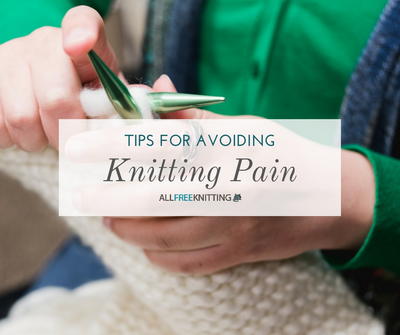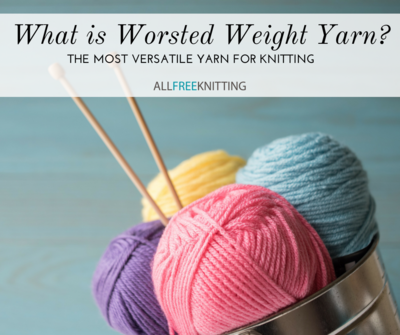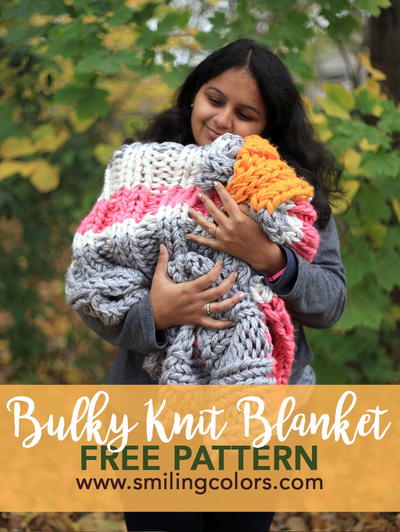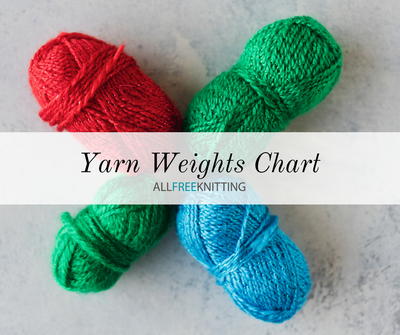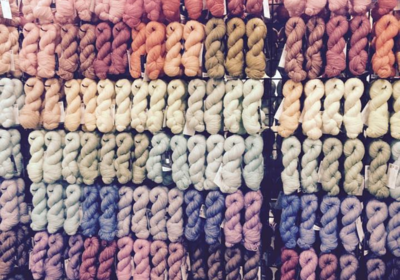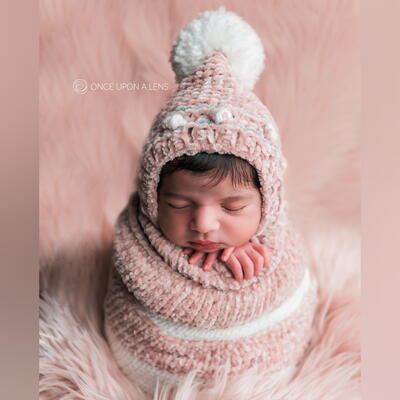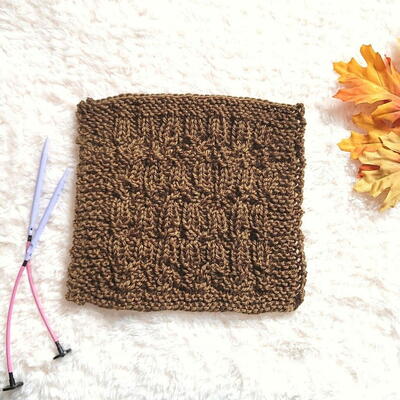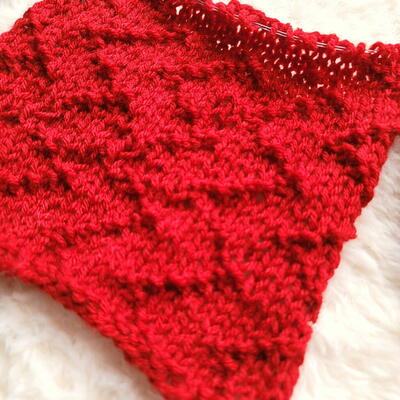Who Invented Knitting? A Look into Knitting History
From the pyramids to knitting guilds to support for the war, its all in the history of knitting!
Knitting is a pretty amazing craft. By moving a couple needles around and making loops in a piece of thread, you can create any piece of clothing and a wide range of other items.
But where did it come from? How did the idea of looping thread around a set of knitting needles over and over again come to be? And how did it become so popular?
In Who Invented Knitting? A Look into Knitting History, we hope to put an answer to those questions. Knitting has a twisted, but fascinating, history to unravel. From elaborate socks to knitting guilds to the modern art of knitting we have today, the history of knitting has never been dull.
Follow along with us as we trace the history of knitting!

Who Invented Knitting?
The main problem with dating cloth arts is the inevitable deterioration of the final products. Long ago, knits and other cloth crafts were only made with natural fiber yarns that decay easily, like cotton or silk.
We do know that handmade cloth crafts have been in our world for tens of centuries. Ancient Greek mythology has gods and goddesses as spinners and weavers, so that must mean that knitting is just as old, right?
Wrong.
When a pair of cloth socks was discovered in Egypt from around 300 AD, everyone was excited to think that knitting started in the first centuries, AD. However, on closer examination, it was found that these socks were not created with two needles, but one, in a technique called nalebinding. The fabrics made by nalebinding and knitting look eerily similar, but nalebinding creates knots of fabric, rather than loops like in knitting. Nalebinding is also a much harder and more time-intensive craft, one that could only look good if done by a master.
Any fragments of true knitting, then, are dated to a much later time. An elaborate pair of socks, including intricate colorwork, are the oldest item of knitting we have found. These fragments are traced to Egypt, circa 1000-1400 AD.

The craft probably originated earlier than that, though. The level of detail in these early fragments points to a long-practiced art, not something that was first used to make socks with such precision. It is also probable that traditional, two-needle knitting came out of the older art of nalebinding. At some point, someone decided to pick up a second needle.
So, the answer to who invented knitting is not easy. We cannot pin the invention to a specific person or even to a specific century and people.
However, it almost certainly began in the Middle East and then spread west to Europe. The earliest fragments were found in the Middle East, and the very fact that we knit from right to left suggests that it was created by someone whose language is read from right to left, like Arabic.

Knitting History in Europe
Knitting found its way to Spain by the 13th century. Trade routes were continuing to spread out, allowing for the transfer of a craft like knitting. Someone acquires a knit item, wonders how it’s made, and the craft is born in a new place.
Julie from knitty.com says that by the 14th century, “the knowledge of how to knit was starting to spread, quickly.” While the phrase “to knit” was not added to the English dictionary until the 1400s, in other parts of Europe, it was truly taking off. Paintings from that time even depicted the Virgin Mary knitting, which shows how elevated this craft was.
Knitting became a high art across Europe. Knitting guilds, formed to train master knitters and protect knitting secrets, only allowed the most advanced and precise knitters into their ranks. They also only allowed men. In order to enter a knitting guild, you had to go through six years of training, traveling all around to acquire new patterns and techniques. The knitting trade was definitely not for the faint of heart.
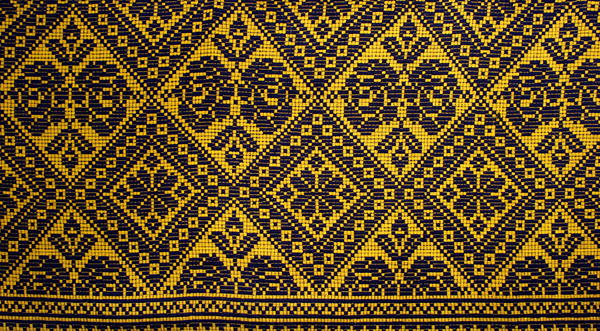
For a long time, stockings were the most commonly made knit item. Members of the aristocracy and upper classes loved the way hand knit silk stockings felt and looked. Having these stockings became a symbol of status.
If you were rich, by the end of the 1500s you most likely had at least one intricately knit pair of stockings in your closet, if not many more.
This need for stockings, and other hand knit items, made knitting into a cottage industry of men and women knitting for a living. They also began knitting for their own families, so the scope of those wearing knits expanded from just the rich and famous to the everyman.
The purl stitch was first introduced to the knitting stage in Europe in the 16th century. While those very early socks found in the Middle East included purl stitches, they didn’t show up in European knitting until much later. Purl stitch really adds variety to knitting patterns beyond just the changing of colors. The addition of the purl stitch meant great stitch combinations that we use all the time today, like seed stitch, cable knitting, and basketweave, could develop.
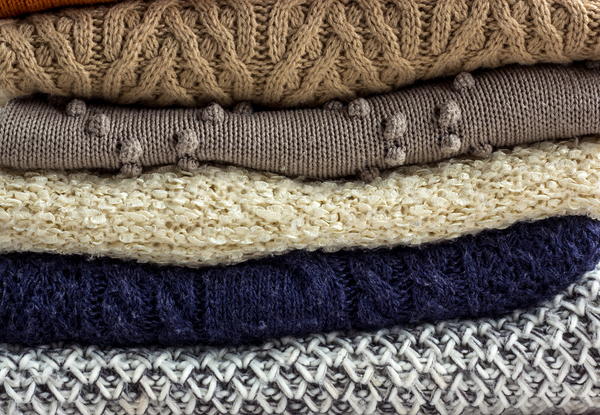
The 16th century also saw the creation of a mechanical knitting machine in 1589. “While it didn’t demolish the hand knitting industry,” says Davina from sheepandstitch.com, “it foreshadowed more technological changes to come.” As the years continued, this machine gained many improvements. When the Industrial Revolution hit in full force, hand knitting was no longer needed to support the industry, as in the past with the guilds and fancy stockings.
The Victorian Era in Britain (1837-1901) saw an increase in people knitting by hand because Queen Victoria loved to knit. But it was really only a parlor craft, left for women to do in their spare time. What had been a marker of high status and accomplishment became docile leisure.

Knitting in the 20th Century
While the turn of the 20th century saw knitting as just a serene, domestic activity, that soon changed.
The World Wars brought a resurgence of knitting as people were urged to make knit items for the fighting men. Knitting was a matter of patriotic duty. Thousands upon thousands of socks and other items were shipped to the front during the wars. Often, these garments would be made of wool or other fiber from old, unusable clothing, since wool was in short supply.
The Great Depression between the wars also contributed to a knitting upswing. Knitting your clothing was less expensive than buying, which meant more and more people were knitting to save money. Knitting became a necessity.
In the decades after the Second World War, new fiber yarns in every color of the rainbow were introduced, leading to a craze of bright, popping knitting patterns. People were desperate to knit all they could, and the craft grew from a necessary craft for clothing to a craft for everything under the sun. Bags and blankets and toys were knit in fervor during this time.
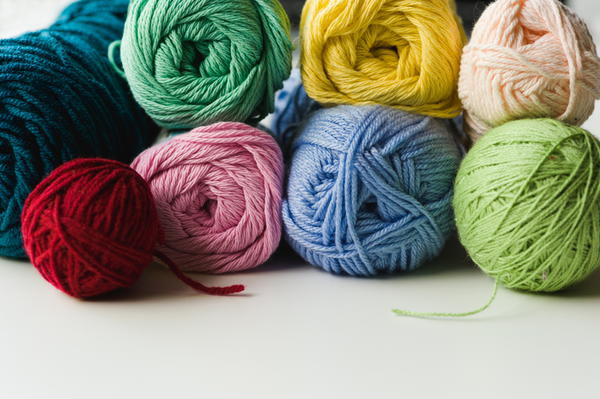
All crafts seem to ebb and flow, though. The 1980s saw another decline in knitting, since the emergence of garments with new materials and fibers made knitting seem old fashioned and antiquated. Computerized machines also made machine knit items a lot cheaper, so it didn’t make sense to spend time learning to create them.
Thankfully, that’s not the end of knitting’s story.
Knitting in the 21st Century: A New Generation of Knitters
More recently, the art of knitting and other crafts have come back to the forefront of people’s minds. People want to create things with their own hands, watching them form before their eyes. More young people are jumping on the knitting trend, creating beautiful, and useful, designs.
The onset of the digital age has done a lot to revive knitting. The Internet makes it a lot easier to find specialty yarns, discover great patterns, and have a community of knitters for question answering and support.
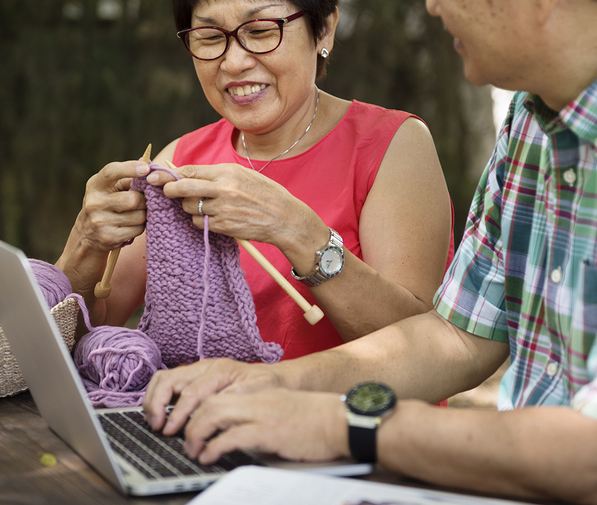
At AllFreeKnitting.com, we can’t wait to see what the future brings. Our site is a result of this desire to have a knitting community and to keep such a special craft alive. We love the passion and excitement our bloggers and readers have to continue bringing knitting into modernity.
Whatever the future brings, we hope you keep knitting!

Common Types of Knitting
If you’re looking for a great way to learn more about knitting, try out one of these specialty knitting methods.
Brioche Knitting: an easy method that uses only knits, yarn overs, and knit two togethers to make a great, fluffy texture.
Fair Isle Knitting: a traditional method from across the pond that makes beautiful colorwork.
Entrelac Knitting: a method that looks like woven strips of knitting, but is actually continuous with a great texture.
Arm Knitting: a more recent development that only requires yarn and your arms. Projects go super quickly!
Loom Knitting: a method that uses a circular or rectangular loom with pegs to work, rather than needles.
Knitting in the Round: this method has been around forever (remember Virgin Mary knitting in those paintings? She was knitting in the round.) and keeps you from having bumpy seams on a lot of projects.
What do you find most interesting about knitting history?
Tell us in the comments!
Read NextYarn Weight Categories 101

